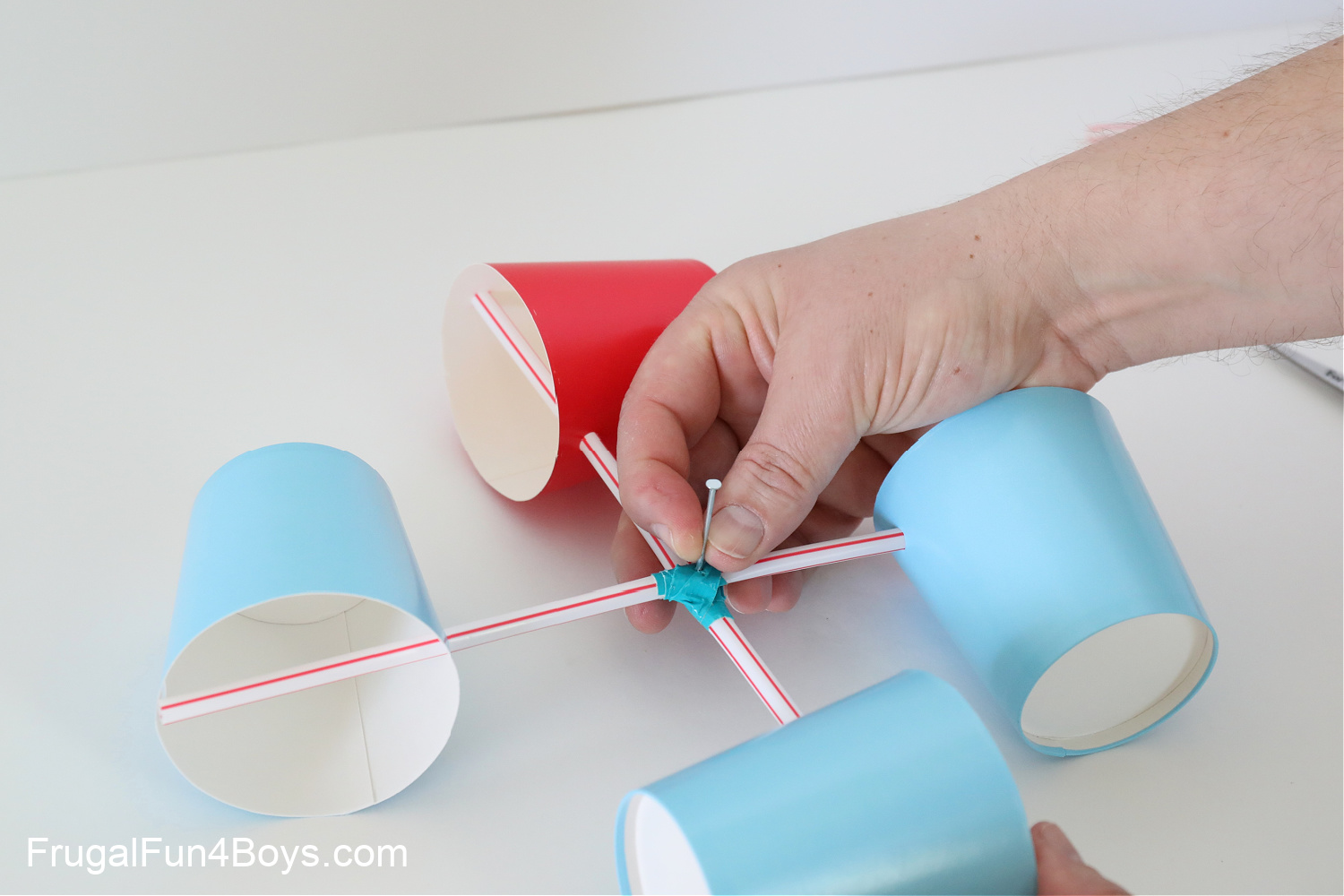Anemometer Innovations: The Latest Technology for Wind Speed Measurement
Anemometer Innovations: The Latest Technology for Wind Speed Measurement
Blog Article
Anemometers Revealed: Recognizing Their Significance in Environmental Monitoring and Security Actions
The duty of anemometers in ecological tracking and precaution is frequently taken too lightly, yet their value is obvious. These tools have a long history rooted in scientific questions and technical improvements, advancing to become crucial tools in various areas. From weather forecasting to aeronautics safety, anemometers play an important role in providing accurate data that notifies decision-making processes and improves total safety and security. Recognizing the intricacies of anemometers reveals a world of important understandings that are essential to our understanding of the setting and the actions we require to guarantee safety and security.
Background of Anemometers
The development of anemometers can be mapped back to the old civilizations where basic wind measuring devices were very first utilized. These very early wind dimension devices laid the structure for the development of extra innovative anemometers with time. One of the earliest well-known anemometers was the hemispherical mug anemometer designed by Leon Battista Alberti in the 15th century. This design was composed of 4 hemispherical cups that gathered wind power, supplying a measurement of its strength based upon the speed of turning.
Over the years, innovations in modern technology led to the advancement of more contemporary anemometers, consisting of ultrasonic anemometers and laser Doppler anemometers, offering raised accuracy and effectiveness in measuring wind rate and direction. The history of anemometers showcases an exceptional journey of innovation and development in the field of weather forecasting.
Sorts Of Anemometers
Throughout the field of weather forecasting, numerous types of anemometers have been created to properly determine wind speed and direction. Sonic anemometers utilize ultrasonic signals to measure wind rate and instructions accurately. Hot-wire anemometers operate based on the principle that the cooling impact of wind on a warmed cable is symmetrical to the wind speed.
Applications in Weather Forecasting
Having actually gone over the numerous types of anemometers made use of in meteorology for determining wind speed and instructions, it is necessary to discover their sensible applications in the field. Anemometers play a crucial role in meteorology by supplying real-time and exact data on wind conditions (anemometer). Meteorologists utilize anemometers to monitor wind rate and instructions to anticipate climate patterns, problem cautions for serious weather occasions like storms, twisters, and cyclones, and evaluate weather for aeronautics security
In weather forecasting, anemometers aid in comprehending neighborhood and local wind patterns, which are vital for anticipating weather changes and identifying climatic trends. These gadgets are also used in study to study microclimates, metropolitan warmth islands, and air pollution diffusion. Additionally, anemometers are utilized in agriculture to maximize plant monitoring practices, such as irrigation and pesticide application, based on wind problems.
Value in Aviation Safety And Security
An essential aspect of making certain aeronautics safety exists in the precise surveillance of wind conditions making use of anemometers. Anemometers play a vital duty in air travel by giving real-time information on wind rate and direction, aiding pilots content in making notified decisions during landing, liftoff, and trip. Solid and uncertain winds can significantly impact airplane procedures, making it vital for aeronautics authorities to count on exact wind measurements to make certain the safety of passengers and team.

In the dynamic setting of air travel, where even minor modifications in wind speed and instructions can have profound impacts, anemometers stand as crucial tools for promoting safe and secure air traveling.
Duty in Environmental Study
Anemometers play a critical role in environmental research by providing vital data on wind speed and direction. By accurately measuring wind qualities, anemometers assist researchers examine the motion of contaminants in the air, examine the effect of industrial discharges, and anticipate the spread of pollutants in the environment.


Verdict
In verdict, anemometers have actually played a critical duty in ecological tracking and security steps. With a rich background and numerous kinds offered, these devices have been widely made use of in weather forecasting, air directory travel security, and environmental research. Recognizing the relevance of anemometers is vital for precisely measuring wind rate and direction, which is vital for forecasting climate patterns, making sure risk-free aviation procedures, and carrying out environmental researches - anemometer. Their contributions to these fields can not be ignored.
One of the earliest known anemometers was the hemispherical cup anemometer designed by Leon Battista Alberti in the 15th century. Over the years, developments in modern technology led to the advancement of more modern-day anemometers, including ultrasonic anemometers and laser Doppler anemometers, supplying a fantastic read increased accuracy and performance in gauging wind rate and direction. Hot-wire anemometers operate based on the concept that the cooling effect of wind on a warmed cord is proportional to the wind speed. Meteorologists make use of anemometers to keep track of wind rate and instructions to forecast weather condition patterns, concern cautions for severe weather condition occasions like hurricanes, storms, and typhoons, and evaluate atmospheric conditions for air travel safety and security.
Recognizing the significance of anemometers is vital for precisely gauging wind rate and instructions, which is essential for forecasting climate patterns, ensuring secure aviation procedures, and conducting ecological researches. (anemometer)
Report this page